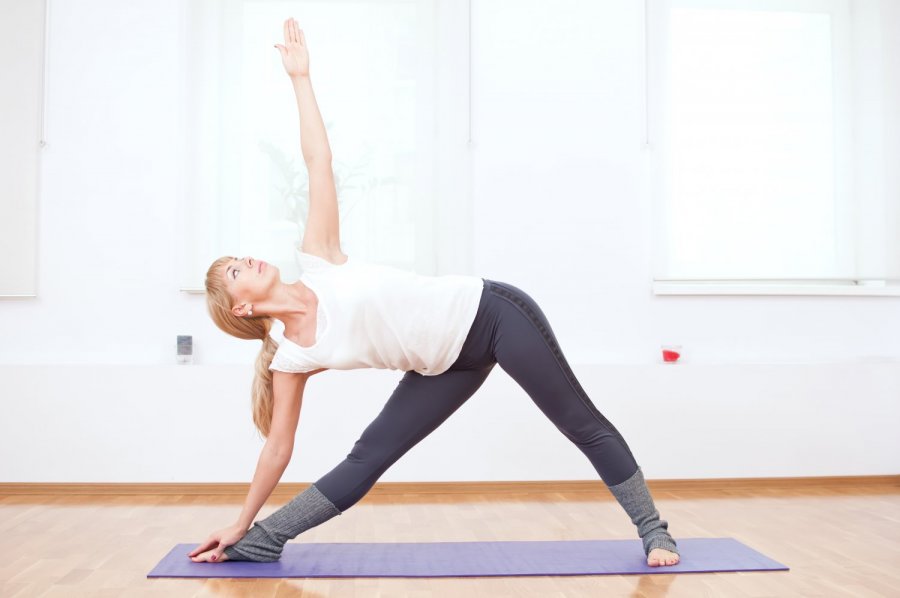Free Download! Yoga and Sacroiliac Joint Pain - Essential Precautions for Yoga Practitioners
Course Info
- Level:
- All Levels
- Price:
- $0.00
Robin Rothenberg
 Robin Rothenberg, C-IAYT is director of Essential Yoga Therapy, an IAYT Accredited Therapist Training located outside Seattle. Robin has a unique background which combines, the Iyengar and Viniyoga therapeutic yoga traditions, with functional anatomy training, and a deep study of respiratory...
Robin Rothenberg, C-IAYT is director of Essential Yoga Therapy, an IAYT Accredited Therapist Training located outside Seattle. Robin has a unique background which combines, the Iyengar and Viniyoga therapeutic yoga traditions, with functional anatomy training, and a deep study of respiratory... 
Yoga can help heal low back pain, but unfortunately, if not practiced correctly, it can also create back issues, says author Robin Rothenberg, founder of Essential Yoga Therapy, in this free download.
Robin discusses her own quest to heal long-standing back issues, and how it launched her into her current work as a yoga therapist and a leading authority on the applications of yoga for back issues.
There are many types of low back pain, Robin explains, and many people have more than one thing going on. Postural patterns can make people vulnerable to back issues, and if yoga teachers are not aware of these, it can predispose students for injury.
In particular, sacroiliac (SI) joint dysfunction is extremely common among yoga practitioners, Robin notes, based on her own real-life experience teaching teachers and long-term practitioners of yoga. Many yoga practitioners complain about a chronic nagging pain in the low back, which is one indication of SI joint problems.
Robin also talks about some of the reasons why SI joint problems are so common in yoga. Many yoga practices include a lot of asymmetrical postures, but if students are not set up for the necessary stabilization of the pelvis, Robin says, this can lead to too much pressure on the SI joint. It’s important to start with teaching students the necessary abdominal core engagement as well as creating the support needed from the multifidi, pelvic floor and large muscles that surround the sacrum. For most people, all the important muscles around the sacrum need to be strengthened to stabilize the pelvis. If we just work constantly on stretching and not strengthening, SI joint dysfunction often results.
Robin discusses a number of other factors that tend to predispose yoga practitioners for SI joint problems, including using the wrong sequencing principles in a Vinyasa flow. She also makes a note of the yoga postures that are most likely to predispose students to SI joint problems if not practiced correctly.
She further talks about what she does in her own work as a yoga therapist to restore greater pelvic symmetry and strengthen and support the musculoskeletal support of the pelvis to create greater resilience and strength.